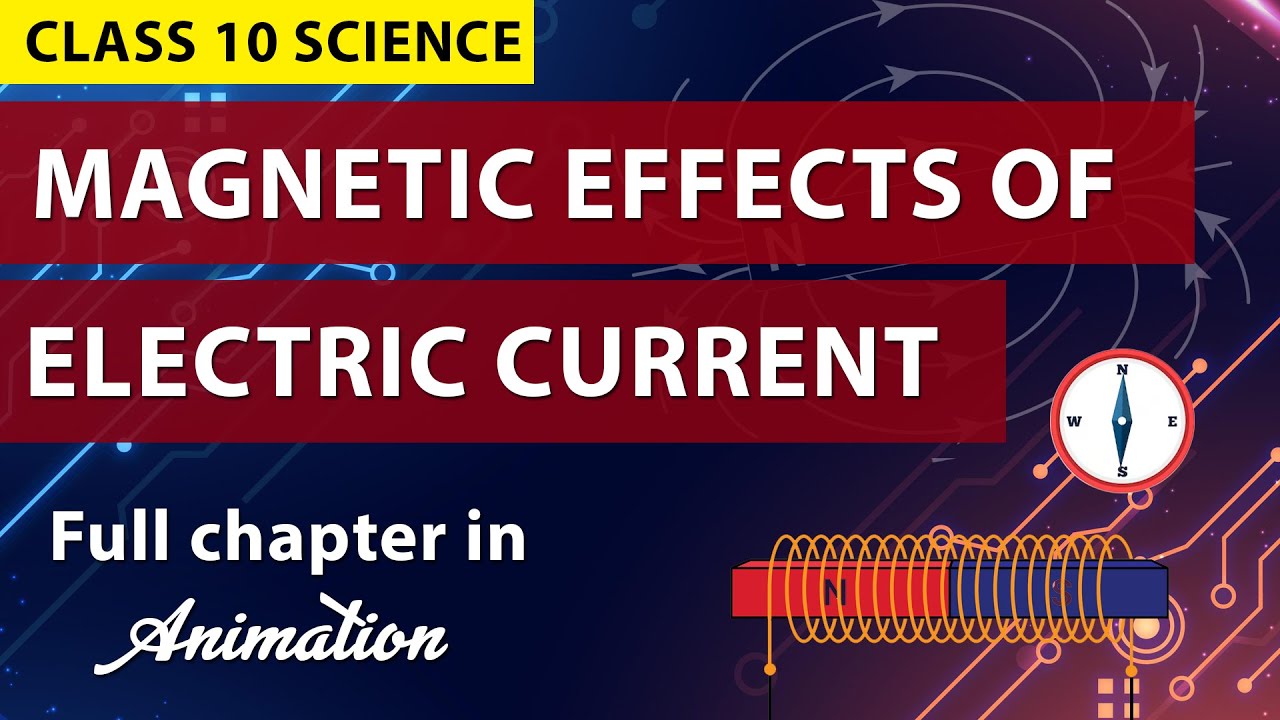ELECTROMAGNETISM-TAGLISH
Summary
TLDRThis video explores key concepts of electromagnetism, including the properties of magnetic fields, magnetic forces, and the applications of electromagnetism in devices like motors, transformers, and generators. The video explains magnetic flux, the right-hand and left-hand rules, and the principles of electromagnetic induction. Key laws such as Faraday's and Lenz's law are discussed, with practical examples and calculations for induced electromotive force. The presentation highlights how electricity and magnetism are interrelated, emphasizing their real-world applications and fundamental importance in modern technology.
Takeaways
- 😀 The script discusses the process of calculating induced EMF using Faraday's Law of Induction.
- 😀 The formula for induced EMF involves the rate of change of magnetic flux over time.
- 😀 The formula includes a negative sign to indicate that the induced EMF opposes the change in magnetic flux (Lenz's Law).
- 😀 The example problem demonstrates the calculation of induced EMF with specific values for magnetic flux and time.
- 😀 The magnetic flux is given as 0.46 Weber, and the time interval is 3 seconds in the example problem.
- 😀 The result of the calculation for induced EMF is 0.15 Weber per second, which represents the induced EMF value.
- 😀 The negative sign in the final result indicates the opposition of the induced EMF to the change in flux.
- 😀 The video refers to Lenz's Law, which explains that the direction of the induced EMF opposes the change in magnetic flux.
- 😀 The script provides a detailed example to help visualize the application of Faraday's Law in real-world scenarios.
- 😀 There is a brief mention of upcoming lessons, suggesting continued learning on related topics in the next session.
Q & A
What is the basic principle behind magnetism?
-Magnetism is a force that attracts or repels certain materials, like iron or cobalt, and is caused by moving electric charges. Magnets have two poles—north and south—that attract or repel each other, with like poles repelling and unlike poles attracting.
What happens when you break a magnet in half?
-When a magnet is broken, each piece forms a smaller magnet with its own north and south poles. This shows that magnetic poles always come in pairs and cannot exist independently.
What is magnetic flux and how is it measured?
-Magnetic flux is the total number of magnetic field lines passing through a given area. It is measured in Weber (Wb) and calculated by multiplying the magnetic field strength by the area through which the field lines pass.
How does electromagnetic induction work?
-Electromagnetic induction occurs when a change in magnetic flux through a coil of wire induces an electromotive force (EMF) or voltage. This process is fundamental to generating electricity in devices like generators and transformers.
What is Lenz's Law and why is it important?
-Lenz’s Law states that the direction of the induced current is always such that it opposes the change in the magnetic flux that caused it. This law ensures energy conservation and is crucial in the operation of devices like electric motors and transformers.
What is the relationship between electric current and magnetism?
-Electric current generates a magnetic field around a conductor, as discovered by Hans Christian Ørsted. This is the basis for electromagnetism, where moving charges or currents produce magnetic fields.
How does a coil of wire generate a stronger magnetic field?
-A coil of wire, or solenoid, generates a stronger magnetic field when the current is increased or when the number of turns in the coil is increased. This is because the magnetic fields produced by each turn of the wire combine to strengthen the overall field.
What is the significance of the right-hand rule in electromagnetism?
-The right-hand rule is a way to determine the direction of the magnetic field around a current-carrying conductor. If you point your thumb in the direction of the current, your fingers will curl in the direction of the magnetic field.
How does Faraday’s Law of Induction relate to practical devices?
-Faraday’s Law of Induction states that a changing magnetic flux induces an electromotive force (EMF) in a coil. This principle is used in many devices, such as electric generators, where mechanical energy is converted into electrical energy by rotating a coil in a magnetic field.
What is an electromagnet and how is it used?
-An electromagnet is a temporary magnet created by passing electric current through a coil of wire, usually wrapped around a ferromagnetic core. Its strength can be adjusted by changing the current or the number of coils. Electromagnets are used in devices like motors, transformers, and magnetic cranes.
Outlines

This section is available to paid users only. Please upgrade to access this part.
Upgrade NowMindmap

This section is available to paid users only. Please upgrade to access this part.
Upgrade NowKeywords

This section is available to paid users only. Please upgrade to access this part.
Upgrade NowHighlights

This section is available to paid users only. Please upgrade to access this part.
Upgrade NowTranscripts

This section is available to paid users only. Please upgrade to access this part.
Upgrade NowBrowse More Related Video

Magnetic effect of electric current in one shot (Animation) | CLASS 10 CBSE boards | NCERT Science

AULA 1A MÁQUINAS ELÉTRICAS 1 MAGNETISMO

All of MAGNETIC FIELDS in 15 mins - A-level Physics

Electromagnetism, Electric Motor, Generator | Grade 10 Science DepEd MELC Quarter 2 Module 6

Kurikulum Merdeka Rangkuman IPA Kelas 9 Bab 4 Magnet

Latihan Soal IPA Kelas 9 Kemagnetan dan Pemanfaatannya #ipa #kelas9 #kemagnetan
5.0 / 5 (0 votes)